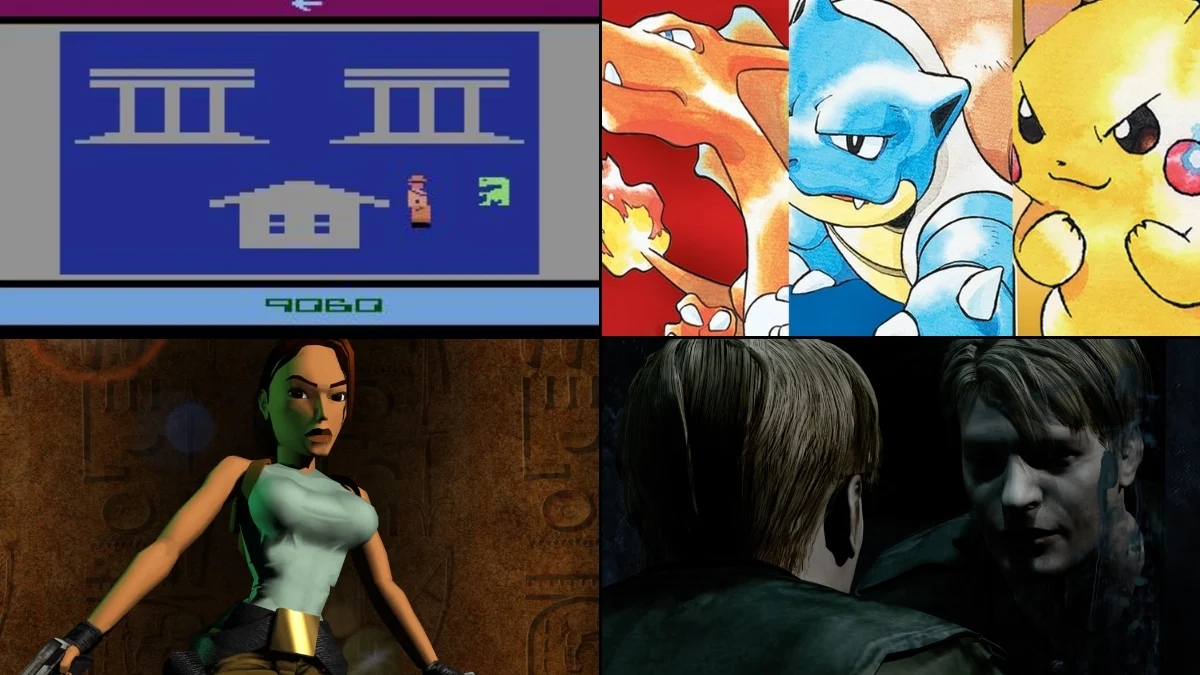
From the beginning of video games, players have shared stories and legends. Back in the arcade days, before the internet, rumors about secret levels and cheat codes spread quickly. Some of these stories were completely made up, but others turned out to be true. This article looks at the truth behind the most famous gaming myths.
‘E.T. the Extra-Terrestrial’ (1982) – The Atari Landfill
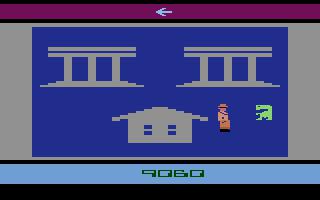
For years, people said Atari dumped millions of unwanted game cartridges in a New Mexico desert. The game was made quickly to be ready for the holidays, and it’s often blamed for contributing to the video game industry’s crash in 1983. Many thought the story about burying the games was just a way to highlight how much trouble the company was in. But in 2014, a documentary team dug at the site in Alamogordo and proved the rumor was real. They found thousands of the cartridges, confirming a low point in video game history.
‘Street Fighter II’ (1991) – Sheng Long
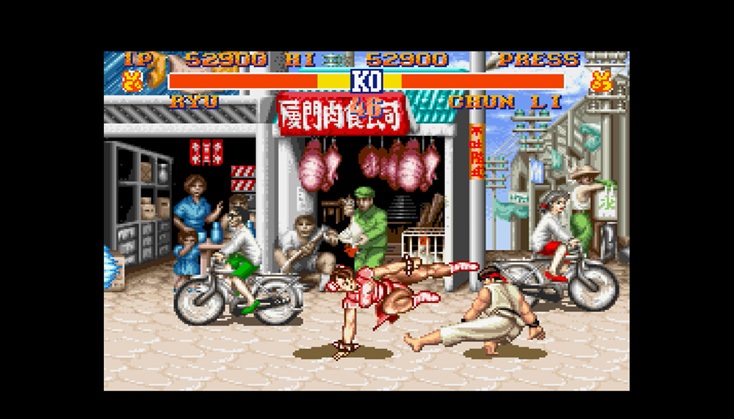
As a huge Street Fighter fan, I remember everyone going crazy trying to unlock this character named Sheng Long! It all started because when you beat someone with Ryu, the game would say they needed to defeat Sheng Long to get better. Turns out, it was just a mix-up – Capcom accidentally mistranslated Ryu’s ‘Shoryuken’ move, which is his dragon punch! Then, Electronic Gaming Monthly ran an April Fool’s joke with a fake way to fight him, and the legend just grew. It was awesome to see the developers finally acknowledge it years later by creating Gouken in Street Fighter IV – a little nod to all those quarters we wasted trying to find Sheng Long!
‘Polybius’ (1981) – The Government Mind Control Cabinet

A creepy urban legend tells of a mysterious arcade game that surfaced in the suburbs of Portland. People who played it reportedly suffered from memory loss or terrifying nightmares. Instead of taking money from the machines, witnesses say men in black suits would come to collect data. Despite the story’s popularity online, no one has ever found the actual arcade cabinet or game code to prove it was real. The myth probably originated from a combination of things: some players experienced motion sickness while playing the game ‘Tempest,’ and the military occasionally inspected arcades. Even so, this story remains a particularly unsettling ghost story from the golden age of arcades.
‘Tomb Raider’ (1996) – Nude Raider

Back in the nineties, many teenage gamers believed a hidden code would undress the character Lara Croft in the popular game Tomb Raider. False screenshots spread through magazines and online, encouraging the hunt for this supposed cheat. The game’s creators, Core Design, consistently denied it existed and grew annoyed by the persistent rumor. The demand was so strong that fans eventually hacked the PC version to add this feature themselves. However, the original developers never intended for the game to include any nudity.
‘Pokémon Red and Blue’ (1996) – Lavender Town Syndrome
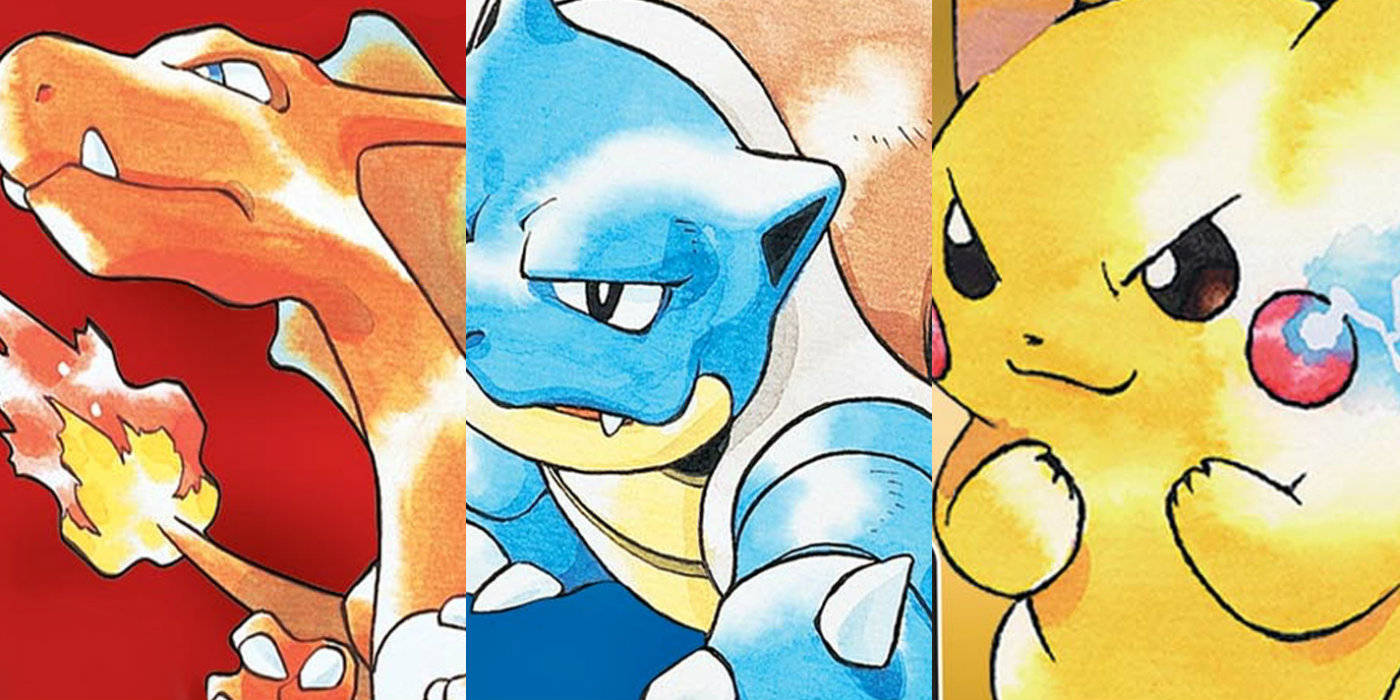
A popular online story claims that the music from Lavender Town in the original Pokémon game caused a rise in suicides among children in Japan. The story suggests that the music contained high-frequency sounds that were only detectable by children, causing them mental distress. While the game developers did change the music for versions released outside of Japan, they only lowered the pitch and volume. However, there’s no official evidence – like medical or police records – to support the claim that the game caused any deaths. The spooky atmosphere of Lavender Town in the game likely contributed to the spread of this internet legend, known as a creepypasta.
‘Diablo’ (1996) – The Cow Level
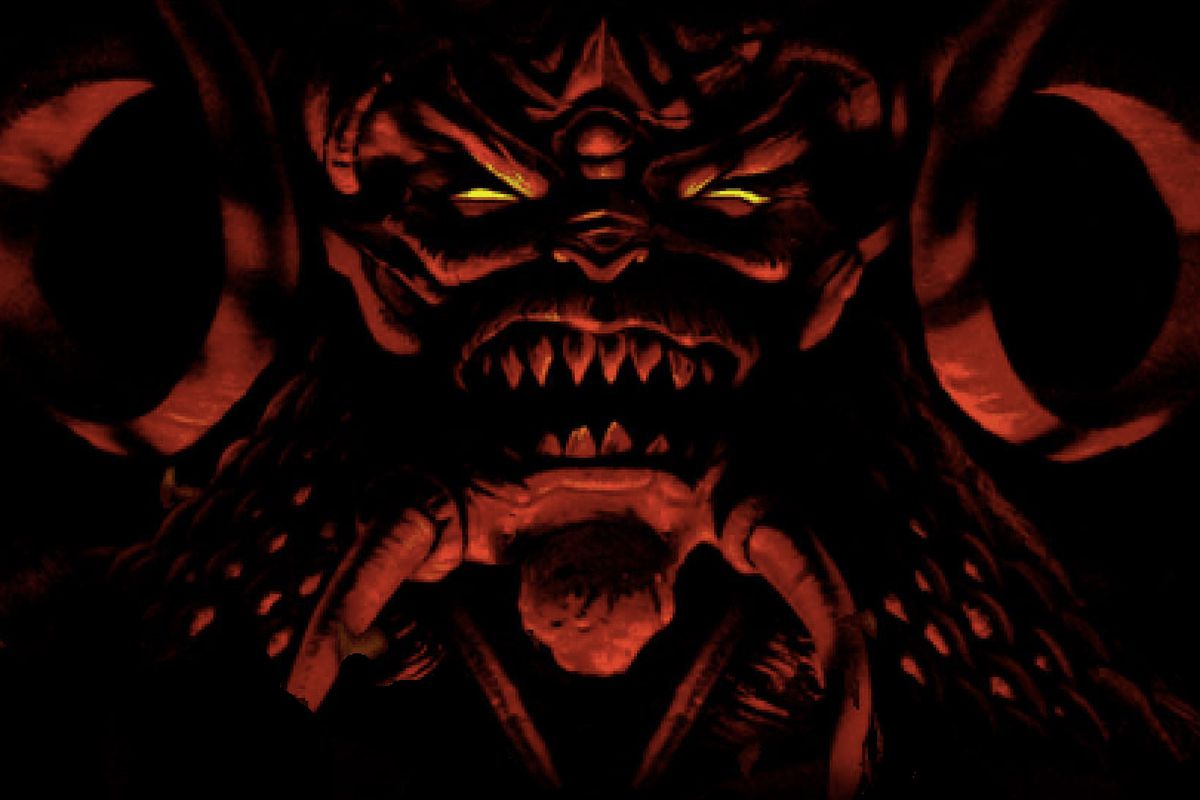
Fans of the first dark fantasy role-playing game spread a rumor about a hidden level populated by walking cows. This started because interacting with animals in the game produced amusing lines of text. While Blizzard Entertainment initially claimed the level didn’t exist, they enjoyed the excitement it generated among players. Eventually, they turned the myth into reality by adding a Secret Cow Level to ‘Diablo II’. It’s now a well-known example of game developers acknowledging and celebrating a fan-created legend.
‘Final Fantasy VII’ (1997) – Reviving Aerith
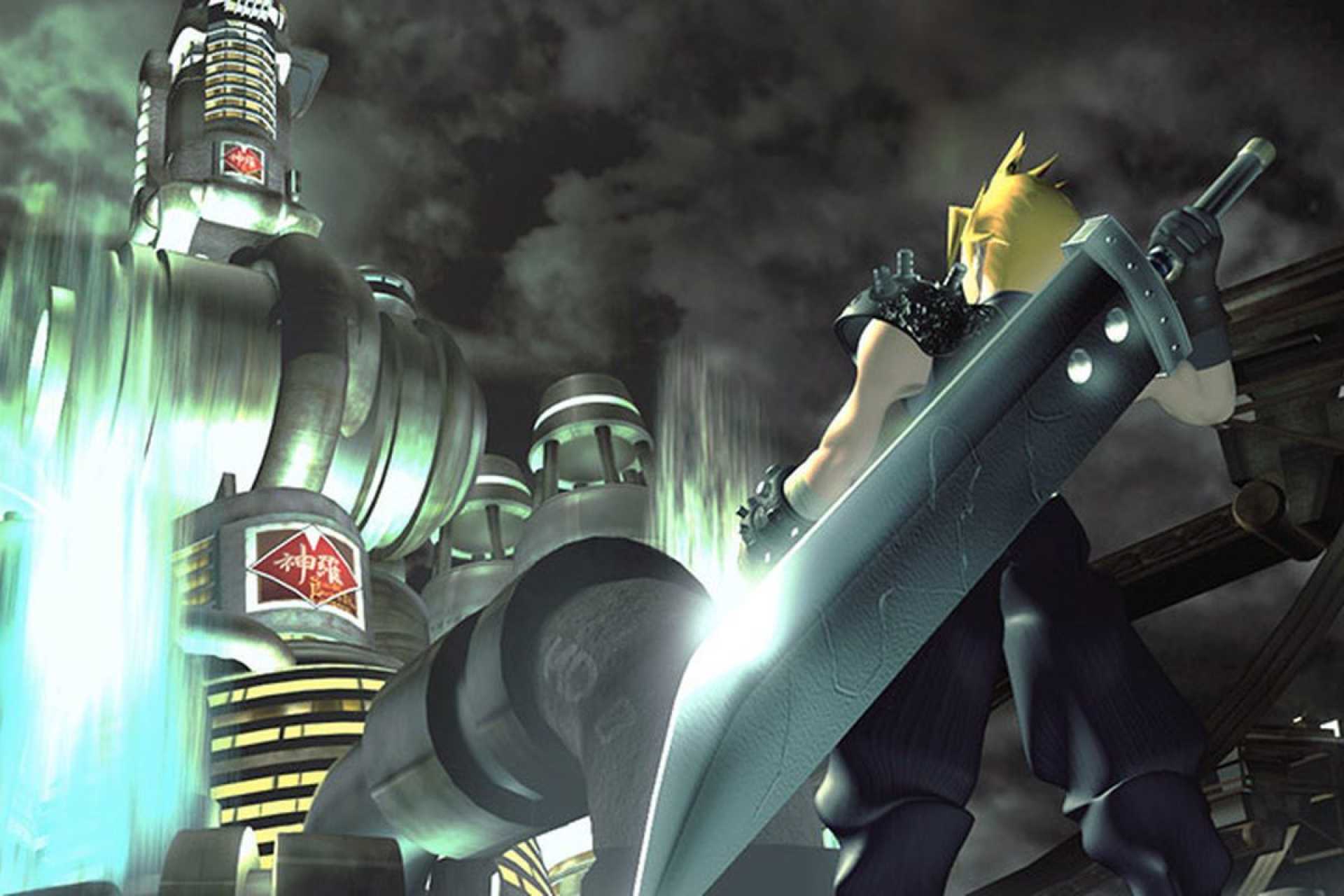
In this beloved role-playing game, the death of a key character shocked players, many of whom refused to believe she was truly gone. Fans dedicated countless hours trying to find a way to save her or revive her later in the game, fueled by rumors of special items like the Underwater Materia or exploitable glitches that might bring her back. However, the game’s creators intentionally made her death permanent as a crucial part of the story’s themes about loss. Ultimately, all attempts to save her were based on false information or misinterpretations of how the game worked.
‘Grand Theft Auto: San Andreas’ (2004) – Bigfoot

For years, players of the game explored the remote woods, hoping to find Bigfoot. The large map and misty environment made it easy to mistake shadows for the legendary creature. Although players constantly reported seeing Bigfoot online, the game developers, Rockstar North, never actually included a Bigfoot character in the game. They later jokingly acknowledged the search with a mission in ‘Grand Theft Auto V’ featuring someone dressed as Bigfoot. The creature only existed in the original game thanks to modifications created by players.
‘Mortal Kombat’ (1992) – Ermac
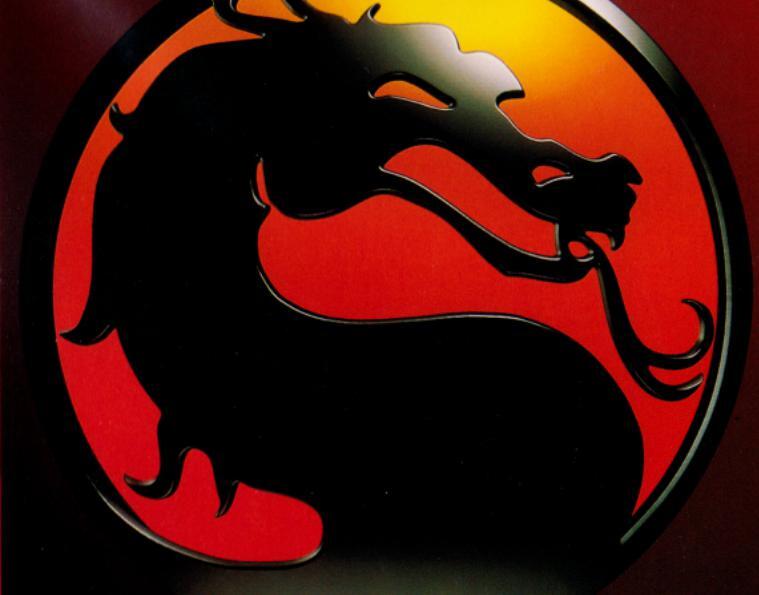
Sharp-eyed Mortal Kombat fans spotted ‘ERMAC’ in the game’s audit menu and thought it was a secret, playable character, similar to Reptile. However, ‘ERMAC’ was actually just a code developers at Midway used – short for ‘Error Macro’ – to find and fix bugs. Despite this, rumors quickly spread about a red ninja that could be unlocked with a difficult series of button presses. The developers eventually listened to the buzz and created the actual red ninja character, Ermac, for ‘Ultimate Mortal Kombat 3’. So, this popular character was born entirely from a misunderstanding of some technical game code.
‘Sonic the Hedgehog 3’ (1994) – Michael Jackson’s Music

For years, rumors circulated that Michael Jackson secretly created the music for this popular video game. Many people noticed striking resemblances between the game’s tunes and his famous songs. Sega officially denied any involvement for decades, likely because of the controversies surrounding the singer. However, in 2022, Yuji Naka revealed that the singer actually did contribute to the game’s soundtrack during its creation. While not all of his work made it into the final version, some of his tracks are still present in the game.
‘The Legend of Zelda: Ocarina of Time’ (1998) – Obtaining the Triforce

Players thought they could actually get the Triforce in the game because it appeared on screen, leading to fake images circulating online of Link finding it. However, Nintendo designed it as a story element, not something players could equip. These rumors started because hackers discovered unused files related to the Triforce within the game’s code. It wasn’t until ‘The Legend of Zelda: The Wind Waker’ that players could finally collect the Triforce pieces themselves.
‘Minecraft’ (2011) – Herobrine
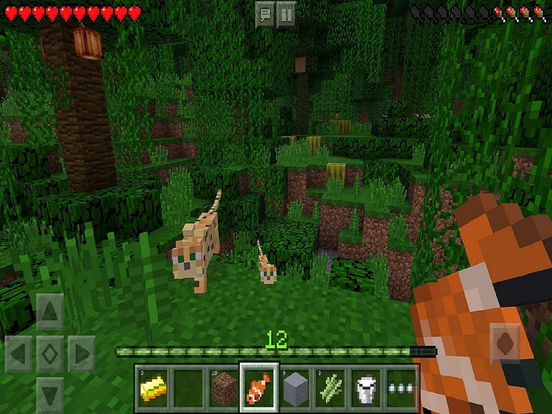
A popular online story, or ‘creepypasta,’ told of a ghostly figure with the standard Minecraft character look and glowing white eyes appearing in solo games. The story claimed this figure was the creator’s deceased brother, known for building odd structures. However, Markus Persson, the founder of Mojang, repeatedly denied ever having a brother, and the character was never actually part of the game. Mojang playfully included the phrase “Removed Herobrine” in their game update notes as a running joke to engage with the community. This story has become one of the most well-known examples of horror created by players themselves.
‘Civilization’ (1991) – The Nuclear Gandhi Bug

There’s a well-known story about Gandhi in the Civilization video game series becoming unexpectedly aggressive due to a programming error. The tale claims a flaw caused his peacefulness to drop so low it reset to its highest level, turning him into a warmonger. However, Sid Meier, the creator of the game, recently explained this isn’t true of the original Civilization. The glitch didn’t exist in the first game because the code couldn’t have caused it. Instead, the behavior was added as an intentional joke in later versions of the game, referencing the popular story.
‘Madden NFL’ (Various) – The Madden Curse

Fans of this EA Sports game noticed a strange pattern: athletes who appeared on the cover often got injured or had disappointing seasons soon after. Players like Michael Vick and Shaun Alexander experienced major career difficulties after being featured on the cover, leading many superstitious fans to believe the cover was cursed. However, experts suggest these setbacks are likely just a natural return to average performance after an exceptionally good year. Despite this reputation, the game developer continues to release a new version every year.
‘Silent Hill 2’ (2001) – Mary’s Body in the Trunk
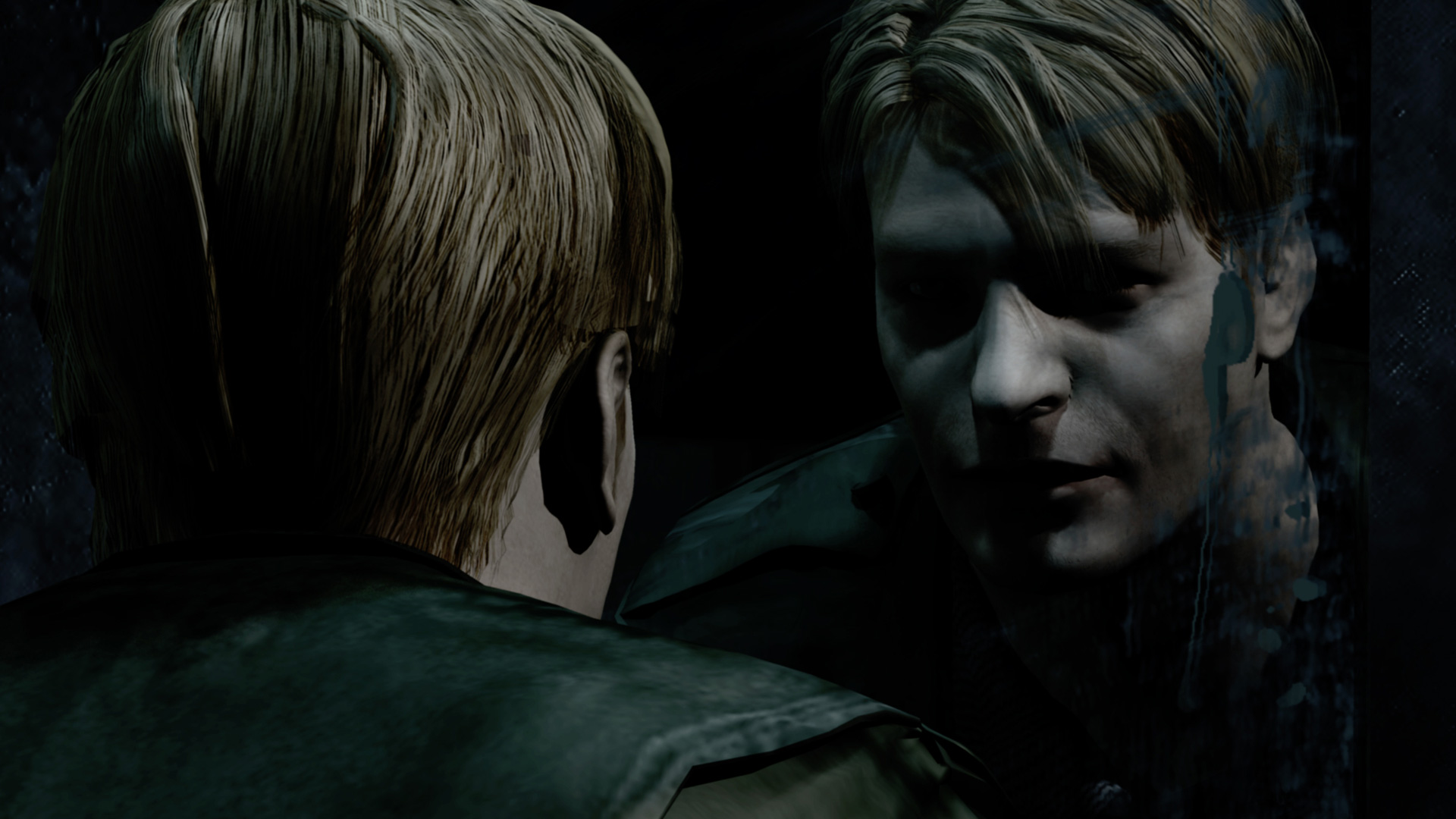
Man, as a Silent Hill 2 player, there was this crazy theory going around for years that James Sunderland was actually driving around with his wife’s body the whole time. It would have made his trip through that foggy town even more messed up and real, you know? Turns out, we were right! Masahiro Ito, the art director at Konami, finally confirmed it a while back. Looking back, the ‘dead wife’ ending and all the little clues scattered throughout the game totally pointed to it. It’s wild to have one of the most disturbing fan theories in survival horror actually confirmed. It really adds another layer to the game.
Please share your favorite gaming myth or a rumor you fell for in the comments.
Read More
- DOGE PREDICTION. DOGE cryptocurrency
- Calvin Harris Announces India Debut With 2 Shows Across Mumbai and Bangalore in November: How to Attend
- EQT Earnings: Strong Production
- The Relentless Ascent of Broadcom Stock: Why It’s Not Too Late to Jump In
- Heights Capital Bets $16M on ImmunityBio: A Calculated Gamble?
- TON PREDICTION. TON cryptocurrency
- Why Rocket Lab Stock Skyrocketed Last Week
- Docusign’s Theatrical Ascent Amidst Market Farce
- HBO Boss Discusses the Possibility of THE PENGUIN Season 2
- Comparing Rivian and Lucid: The Future of Electric Vehicle Stocks
2025-11-24 01:19